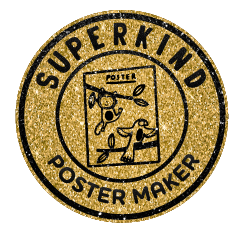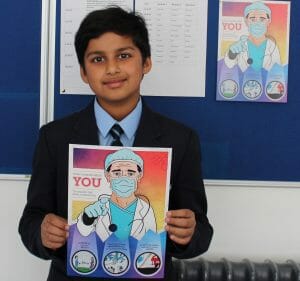Raising awareness about ocean plastic pollution since she was 14 years old.
Making posters
Making posters
Posters are like signs that often hold pictures and words. They are a great way to communicate messages visually. Posters can be designed to fit a certain audience and grab their attention. They often include a ‘call to action,’ which urges the people viewing them to do something. Many posters can have a big effect on those who see them in a very short time (as much time as it takes to glance at the poster in the school corridor or the doctor’s waiting room).
Steps to planning a poster

1. Pick a topic and be clear on what you're trying to achieve.
Sometimes it’s useful to discuss your ideas with a friend or family member. Don’t be upset if they have any negative feedback – critical feedback at this point is quite helpful to refine your ideas to make the best poster ever!

2. Decide where your poster will be displayed.
The location of your poster will affect decisions like the size, amount of detail and style that you will include. Possible locations include at your school, at a local shop or café and around your neighbourhood.

2. Know your audience.
Ask yourself the following questions: What kind of people are most likely to see your poster? What would make the audience want to read the poster? What do you want them to think and do when they read it?
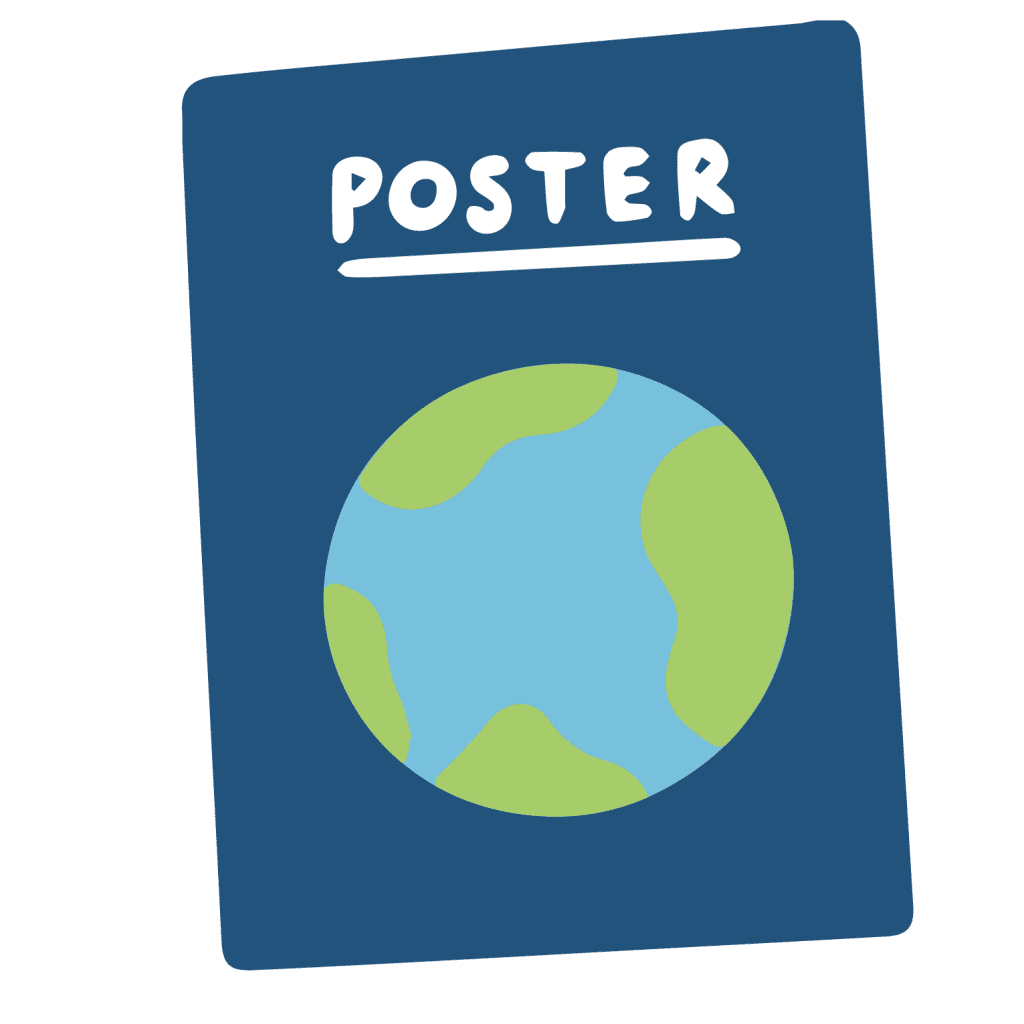
3. Pick a headline for the poster.
Keep it short, simple and punchy, to grab your readers’ attention.
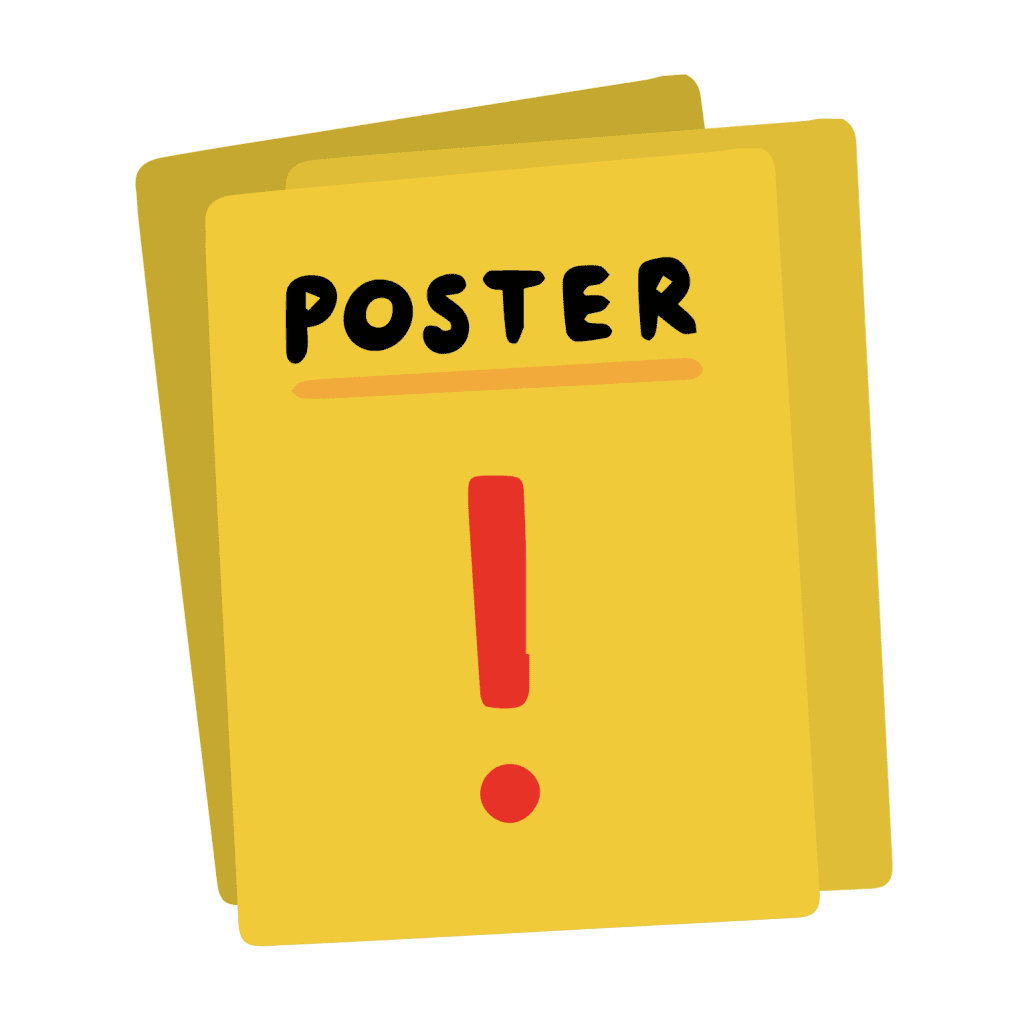
4. Draft your message.
Draft your message on a piece of paper before writing it out as neatly as possible on your wonderful poster. Keep your message as short and clear as possible. Remember to think about your audience: For example, a poster aimed at school children will probably have a different message to one aimed at shop owners.
Making Your Poster
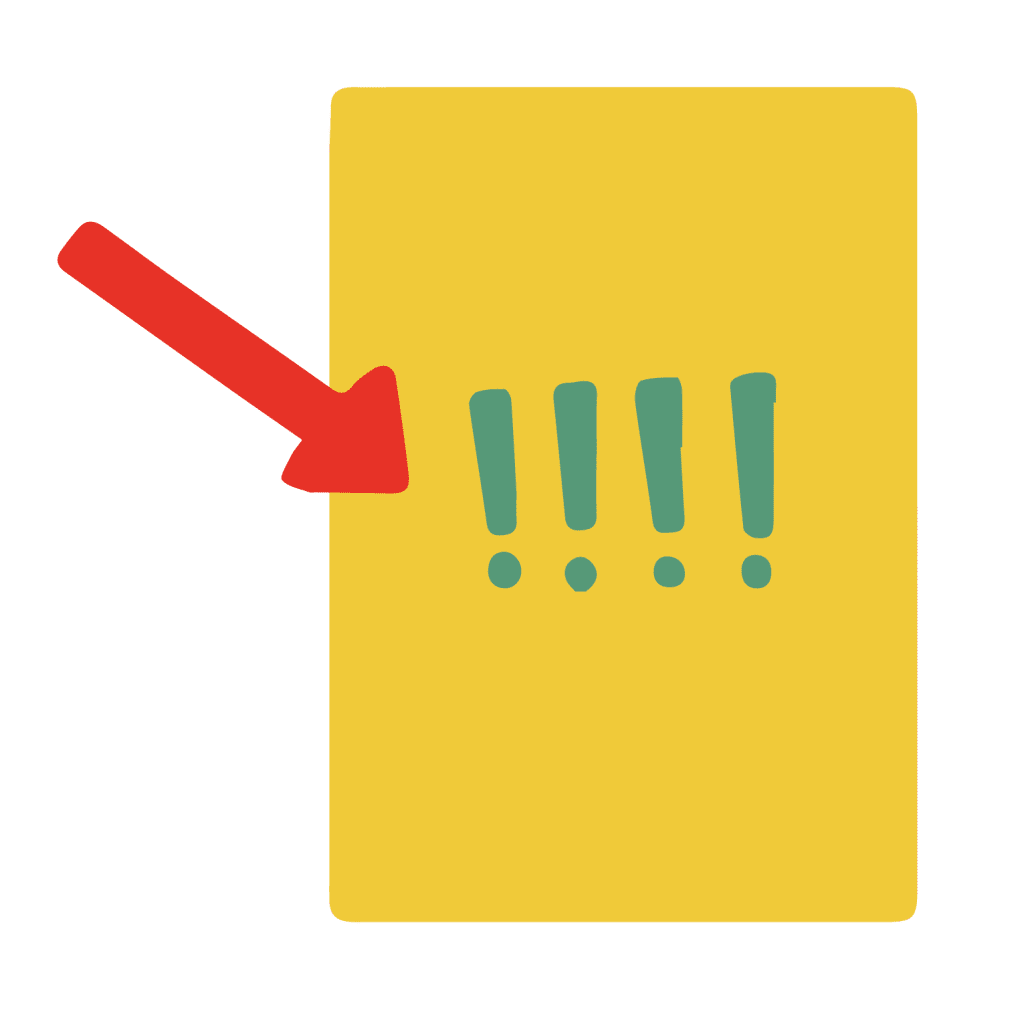
1. Put important pictures and words at the centre.
Research shows that viewers’ eyes are likely to start at the top centre and then move to the left and right.

2. Select simple, large letters and dark colours.
People will often read your poster from a distance and in a rush, so make sure the words and images stand out.

3. Use a picture that will get people interested.
It should be something that is instantly recognisable and is clearly related to your message, so that people can immediately tell what the poster is about. You can copy a picture that you have found or create your own.

REFLECT
Making a poster is not only a great way to raise awareness about an important problem but it’s also a great way to develop your artistic skills and persuasive writing.
Don’t forget to have a think about what went well, what you might have learnt for the future, and the impact of your actions.
For example, did you use any new artistic techniques or develop any that you had tried before? Do you feel that your poster conveys your message effectively?
Posters can be handwritten or made on the computer. Handwritten posters may appear more real. But computer-made posters may appear more professional and could be easier to print multiple copies. There are positives of both and it is totally up to you which method you prefer!
You could also do a mix of handwritten and computer-made by printing some pictures and sticking them onto a handmade poster. You might find looking at some other posters helpful to get you started.
Here are four poster examples
Distributing your poster

1. Print or photocopy your poster.

2. Display in areas where people often wait.
For example, a corridor at school, a waiting room at the doctor or near the check-out queue in a supermarket.

3. Make sure your poster is at eye level.
A Poster that Changed the world
Posters are often used to spread awareness about important things and urge people to take certain actions. Examples include encouraging men to sign up for the army during the war, getting people to wash their hands during the Covid-19 pandemic or inviting people to an event.
One poster that was very successful in achieving its goal was the ‘Your Country Wants YOU’ poster, created during World War I. The aim of the poster was to urge more men to join the British Army. The poster showed Lord Kitchener, the British Secretary of State for War, staring and pointing at the viewer, with the words, ‘Your country wants YOU.’
The poster was very effective! Between 4th August and 12th September 1914 nearly half a million men signed up to join the army, including 33,204 on 3rd September, alone.
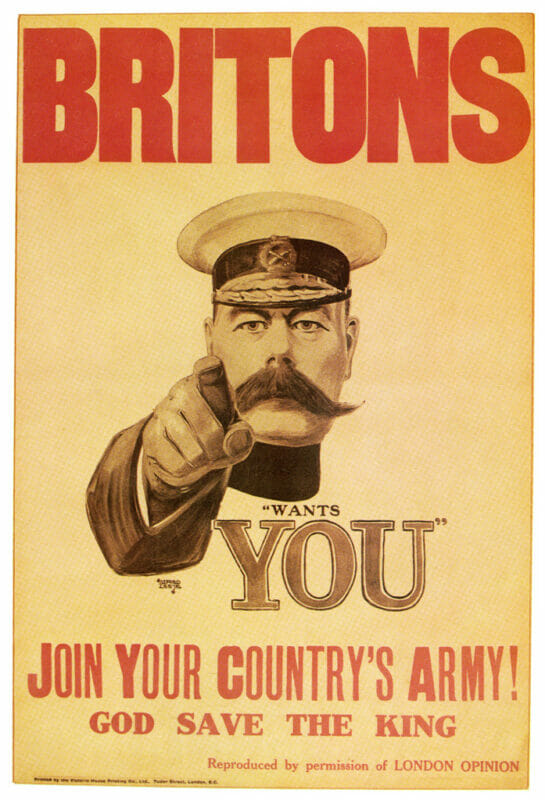
Change-Makers
Posters can communicate messages in a clear and powerful way. Check out some change-makers who have used posters to make an amazing difference to the world:
Jack Berne
Fundraising for the farmers whose incomes have been affected by drought in Australia since he was 11 years old.


